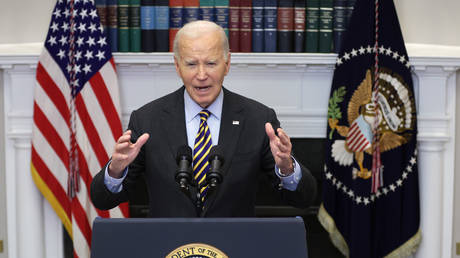ARTICLE AD BOX
Elon Musk's SpaceX, on Tuesday, launched the first set of Starlink satellites with the capability to beam signals directly to smartphones from space. Of the 21 Starlink satellites carried into orbit by a Falcon 9 rocket, six have the Direct To Cell capabilities, SpaceX said.
The venture aims to utilise Mr Musk's Starlink satellites to provide network access to mobile users, initially in parts of the United States. This partnership with T-Mobile, announced in August 2022, recently received approval from the US Federal Communications Commission for a 180-day testing period. The Starlink satellites are set to act as "cell phone towers in space," according to information available on the Starlink website.
During the testing phase, a total of 840 satellites will be engaged in transmitting 4G connectivity to around 2,000 unmodified smartphones. While texting services are expected to become available this year, voice and data services, as well as connectivity for Internet of Things (IoT) devices, are projected to commence in 2025, pending regulatory approvals for commercial service, as per the report by Tech Crunch.
Elon Musk, the CEO of SpaceX, expressed optimism about the project, stating the service would "allow for mobile phone connectivity anywhere on Earth." However, he also acknowledged that the solution was not intended to compete significantly with existing terrestrial cellular networks.
This will allow for mobile phone connectivity anywhere on Earth.
Note, this only supports ~7Mb per beam and the beams are very big, so while this is a great solution for locations with no cellular connectivity, it is not meaningfully competitive with existing terrestrial… https://t.co/ymHpw8XBHl
How it will work
According to the Clarus Network Group, Starlink represents the world's first and largest satellite constellation utilising low Earth orbit to deliver broadband internet. By deploying advanced satellites and user hardware, Starlink aims to provide high-speed, low-latency internet globally, supporting activities such as streaming, online gaming and video calls.
Unlike traditional satellite internet services, which rely on geostationary satellites at higher altitudes, Starlink's constellation operates at a much lower orbit of approximately 550km. This close proximity significantly reduces latency, offering a round-trip data time of around 20 ms compared to the 600+ ms of conventional satellite services.
The Starlink Direct-to-Cell (DtC) service is poised to bridge connectivity gaps in remote areas, ensuring wider access to texting, calling and browsing. Notably, users in these remote corners of the world will not require any special installations or hardware to access these services.
Field testing, leveraging ordinary 4G LTE-compatible phones on T-Mobile's network within the United States, is set to begin soon.
SpaceX is set to expand its collaborative efforts beyond the United States, engaging with prominent wireless providers worldwide. Partnerships are in the works with leading companies such as Japan's KDDI, New Zealand's One NZ, Australia's Optus, and Canada's Rogers.
.png)
 1 year ago
12
1 year ago
12








 English (US)
English (US)